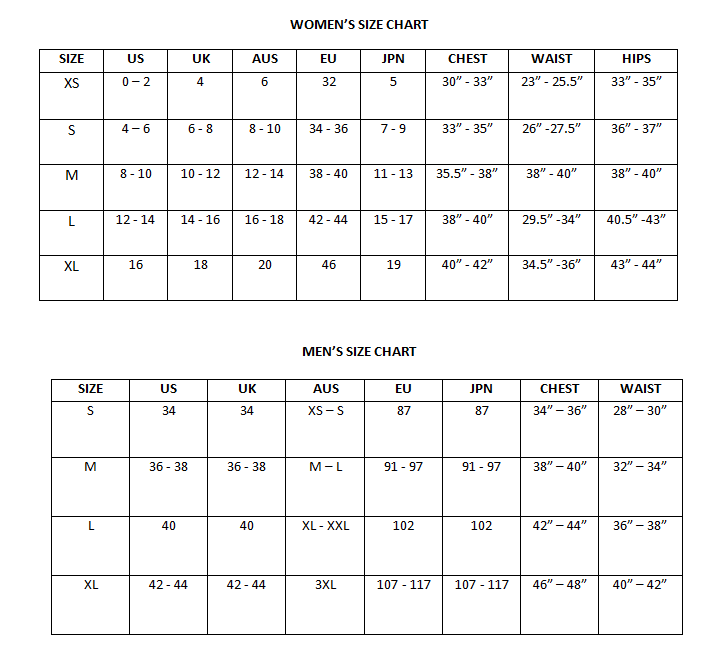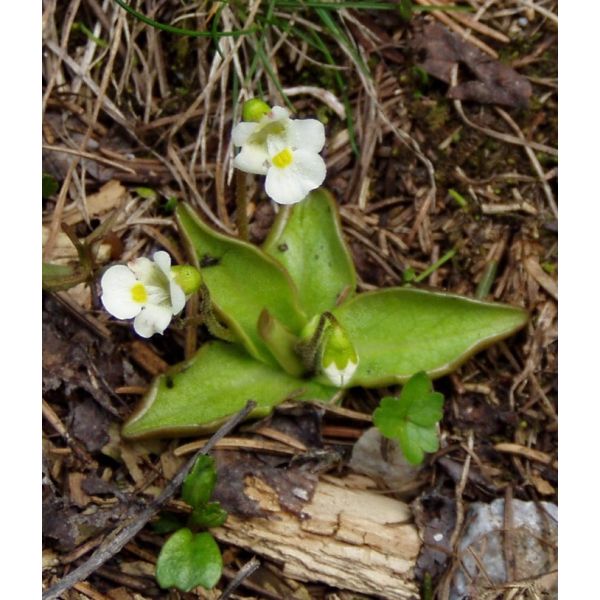Pinguicula Alpina Seeds (Alpine Butterwort Seeds)
Pinguicula Alpina Seeds (Alpine Butterwort Seeds)
The size of the flower is rather constant but the yellow spots in the middle of the lower corolla lobe are highly variable in size and form.

Delivery
All orders shipped with UPS Express.
Always free shipping for orders over US $250.
All orders are shipped with a UPS tracking number.
Returns
Items returned within 14 days of their original shipment date in same as new condition will be eligible for a full refund or store credit.
Refunds will be charged back to the original form of payment used for purchase.
Customer is responsible for shipping charges when making returns and shipping/handling fees of original purchase is non-refundable.
All sale items are final purchases.
Help
Give us a shout if you have any other questions and/or concerns.
Email: contact@domain.com
Phone: +1 (23) 456 789
Availability: Out of stock
SKU
Pinguicula Alpina
Pinguicula alpina or the Alpine Butterwort is found in the mountain regions of Central and Northern Europe and Northern Asia, from sea level up to 2600 meters in the Alps and 4100 meters in the Himalayas.
In Spring, the cycle begins by the opening of the Winter buds, hibernacula, and the production of the first carnivorous leaves. The first leaves are followed by the flowers in Summer. The size of the flower is rather constant but the yellow spots in the middle of the lower corolla lobe are highly variable in size and form. New carnivorous leaves are produced during all the season. Near Autumn, or earlier, if your conditions are not optimal, the next hibernacula is revealed in the centre of the rosette. Then leaf production stops and the old leaves decay slowly. The plant, reduced now to a small hibernacula, is ready for Winter and for the next cycle.
Pinguicula alpina is a delicate plant with narrow, lance-shaped and pale green leaves, to 4 cm long. The leaves of Pinguicula are in basal rosettes and are covered with sticky, mucilage-secreting and digestive hairs. The margins roll inward in response to contact of the hairs by potential prey organisms. Nitrogenous and other nutrients released by the digested prey supplement the plant's requirements. These modifications help such plant species compete in nutrient-deficient habitats.
Pinguicula alpina is from the temperate climates and require a dormancy period. During dormancy the plant die back to a resting bud known as a hibernacula. Temperate Butterworts not only reproduce by seed, but also by gemmae. These gemmae, brood bodies, form around the base of the hibernacula. They look like miniature resting buds. It is the only temperate Pinguicula that keeps his roots on the Winter hibernacula. The plants have to be very carefully seperated because the buds do not loose their roots. The roots are relativly thick yellow-brown in color and very fragile. If too much of the roots break you will loose the plant.
Hardiness zone 8 (-10øC/15øF) in Winter. Pinguicula alpina is native to areas with cold, distinct Winters, the plant needs cold Winter temperatures to survive. Habitats may vary from semi-shady to full sun exposition. Optimal Summer growing conditions are good air humidity, cool temperature and UV lights. If the Summer growing conditions are not optimal, the plants will form very weak hibernacula which easily rot. It often grows in basic chalky soils near springs, brook banks and moist to wet cliffs. Sometimes it also grows in acidic marshy ground. During growth period, procure a day temperatures of about 25øC and night temperatures around 20øC. During resting period days and nights should be over freezing point. Keep above 7øC in Winter.
Best grown outdoors as a container or potted plant. Because of their specific soil requirement, avoid planting them in the ground. Excellent for the deck or patio. The Alpine Butterwort can be grown in a mixture of one part peat moss, two parts perlite, and one part vermiculite.
Use rain water poured on the top of the pot taking care not to wet the rosette. When this Pinguicula begins to produce its non-carnivorous leaves, from October to April, it is important to let the media drying completely but with an atmospheric humidity of about 80%. You can do that by living a saucer full of water under the pot, evaporation will do the rest. Inversely, when the plant begins to produce in early Spring its carnivorous leaves, you have to progressively start watering again the pot. Let the media drying slightly between two watering.
| Common name | Alpine Butterwort |
|---|---|
| Species | Pinguicula alpina |
| Germination | Those seeds require 2-3 months cold stratification before sowing, directly on the surface of your moist but not soaked soil mix. Once it's time to take the seeds out of cold stratification, cover the top of the pot with clear plastic so the humidity will remain high, place them in an area with real nice strong light and keep the temperature around 20øC/68øF, 24øC/75øF. When you see some tiny plants starting to sprout, slowly open the top of the pot, a little each day, so that the new seedlings don't go into shock from the humidity being lowered too quickly. After cold stratification, germination can take several months. It can be more depending on their degree of unbroken dormancy, don't give up. |
| Scarification / Stratification | It creates a cold and moist environment for the seeds. This will break their dormancy. Place the seeds on top of a prepared soil mix. The pot is then placed into a ziplock bag with approximately an inch of water on the bottom of the bag. Close the bag shut and place it into the salad crisper compartment of your refrigerator. Make sure to check the seeds often. If fungus or mold appears treat it with a fungicide. |
| Price View | Price Range |

